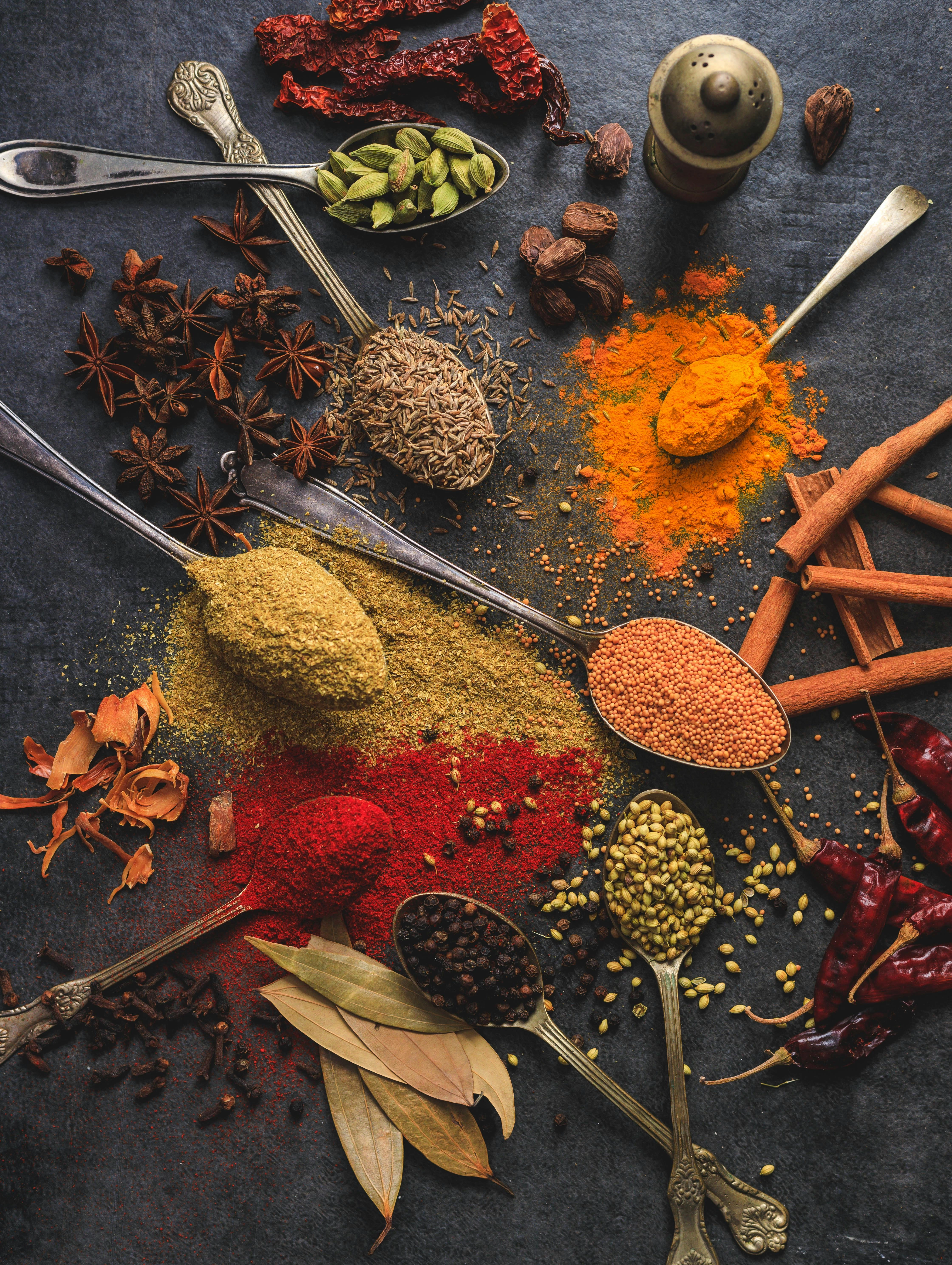In recent years, there has been a noticeable trend among Japanese tourists visiting South Korea: the bulk purchase of rice. This phenomenon can be attributed to several factors, including the quality of Korean rice, its affordability compared to prices in Japan, and the cultural significance of rice in both countries. Korean rice, particularly varieties like “Shinbaek” and “Jopok,” is renowned for its sticky texture and rich flavor, making it a popular choice among Japanese consumers who appreciate high-quality grains for their culinary applications.
Another driving force behind this trend is the economic aspect. Many Japanese tourists find that buying rice in Korea is significantly cheaper than purchasing it back home. This price difference is primarily due to the higher cost of living in Japan, where rice prices have been steadily rising. By purchasing rice in bulk during their travels, these tourists not only save money but also bring back a product that is often fresher than what is available in Japanese stores.
Cultural exchange also plays a significant role in this trend. As Japanese and Korean cuisines share many similarities, the demand for quality rice has increased among Japanese consumers who are keen to explore the nuances of Korean cooking. The popularity of Korean dishes such as bibimbap and kimbap has spurred interest in authentic Korean ingredients, with rice being a central component. Consequently, purchasing Korean rice allows Japanese tourists to recreate their favorite dishes at home, fostering a deeper appreciation for Korean culinary traditions.
Moreover, the rise of social media has amplified this trend, as food enthusiasts from both countries share their experiences and culinary adventures online. The visibility of this cultural exchange encourages others to explore new flavors and ingredients. As these Japanese tourists return home with their bulk purchases of Korean rice, they contribute to a growing interest in Korean cuisine, which in turn strengthens the ties between the two nations. Ultimately, the act of buying rice in bulk during their visits is more than just a shopping spree; it represents a blending of cultures and a shared love for quality food.




